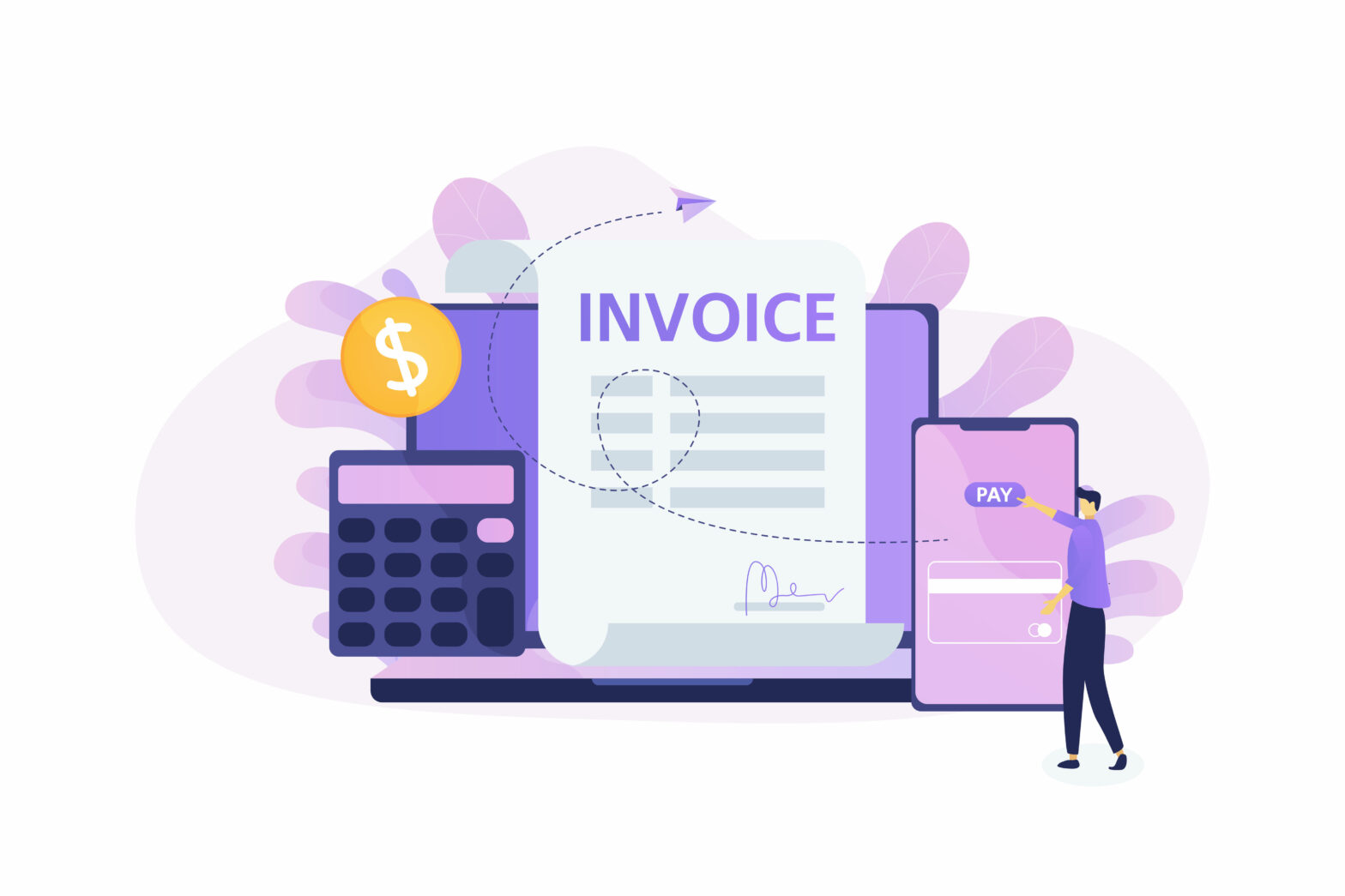UK SMEs are exploring new sources of finance as access to traditional funds become harder to secure.
The research from American Express found that, even though most SMEs (68%) think cash flow is important to their business, 30% find it difficult to access the finance they need. The number of SMEs facing this challenge is up 6% year on year, in line with the global average.
Doing away with tradition
As a result, UK SMEs are moving away from traditional sources of finance like bank loans. Use of said bank loans was down 20% (90% to 70%) between 2017 and 2018. What’s more, a significant 43% of SMEs don’t agree with the statement that “traditional banks currently provide them with all of the finance they need”.
More SMEs are looking to prioritise flexibility and ease when it comes to accessing finance. Flexibility of repayment options, low fees and ease of application reign as the most important factors in their decision making. UK SMEs also report a 7% increase in the use of existing working capital and a 13% increase in the use of peer-to-peer lending over the past year.
Lowering expectations
The research found that while growing revenue is still the most important long-term goal for SMEs, they have cut down both profit and revenue projections for the coming year.
Average predicted revenue growth over the next three years dropped from 7.7% to 5.9% between 2017 and 2018 and average profit margin is predicted to decrease from 6% in 2017 in 5.6% in 2018. This hints that SMEs are being more realistic about what they can do under the current circumstances.
Paul Abbott, chief commercial officer of American Express, commented: “Our research found that SMEs plan to use their unique advantages as smaller businesses to help them achieve success in 2019 – and this is certainly true when it comes to finance.
“By exploring more flexible forms of finance, that will allow them to remain nimble in the face of uncertainty, SMEs will stand the best chance of weathering the current climate.’’
The alternative finance jargon buster: A guide for SMEs
The last thing that small and growing businesses need when considering their finance options is to be faced with a wall of jargon that makes it difficult for them to make the right choice.
John Atkinson of Hitachi Capital Invoice Finance looks at the key terms to contend with in the alternative finance lexicon.
Order book
This is a record of all the orders placed with the business, either electronically or manually. This document is often viewed by lenders and is regarded as a measure of the company’s trading success.
Profit & loss
Profit & loss accounts are usually prepared annually and provide a record of the company’s turnover. Lenders may want to view this when considering an application for a loan.
See also: Profit and loss template
Debtors’ ledger
The ledger sets out all the customers to whom goods have been sold on credit. This is another document that lenders will probably want to view when considering your application.
Depending on how much money is owed to the business, it may be possible to leverage the debt in order to access the finance needed to fund growth plans.
Gearing ratio
This is a measure of how much equity has been invested in the business versus any loans that have been secured by the business to date. A high gearing means there is a high proportion of debt to equity and could affect loan values in some instances.
Adverse credit
This means the business has a bad credit rating. This may be because the business has defaulted on repayments in the past. This could make it difficult to secure finance.
Loan covenants
These are conditions placed on the business by the lender as part of a loan agreement. These covenants can vary considerably from lender to lender but, for example, they can stipulate minimum revenue expectations and set limits for capital expenditure.
Defaulting on these covenants can carry stiff penalties and could undermine the management team’s control of the business.
Working capital
This is a term used to describe the amount of capital available to a business at any one time. It is calculated by deducting any current liabilities from the company’s assets. Lenders may wish to take a closer look at how the company is managing its working capital before deciding to provide finance.
Invoice factoring
This is when businesses sell their sales invoices to a third party in exchange for a pre-agreed lump sum which they can draw upon to finance their growth plans or to improve cash flow.
Businesses also benefit by no longer being responsible for changing debt and processing invoices.
Invoice discounting
In this scenario, a third party organisation gives the business a lump sum based on the value of its unpaid invoices but the business retains full responsibility for chasing debt and processing invoice payments.
See also: What is invoice finance?
Spot factoring
This is when a company raises finance against a single invoice, or bundle of invoices, on a one-off-basis in order to raise cash.
Fixed rate business loan
This is a standard corporate loan offered by most banks. This type of loan is based on a fixed rate of interest over a pre-agreed term or time period.
Community business loan
A number of banks have established dedicated funds to provide finance to social entrepreneurs and community-based businesses.
Donation (or reward) crowdfunding
This is when people invest for purely benevolent reasons or because they believe in the cause. Sometimes rewards are offered to donors, such as tickets to an event, but essentially donors expect nothing in return.
Debt crowdfunding or peer-to-peer lending
This type of lending allows businesses to bypass traditional bank loans. Lenders expect to receive their money back with interest but sometimes they can bring their own expertise or market knowledge to bear to support the business.
Equity crowdfunding
This is when individuals invest in a business in exchange for some shares or an equity stake in the company. Taking this approach, the investor is sharing in the success or failure of the venture. Lenders tend to view this form of finance as a personal investment.
See also: Crowdfunding for Business
Community share issue
This is a way for communities to come together to use a crowdfunding platform to raise finance for something that will benefit them.
Loan to value
This is a lending risk ratio used to assess how risky a particular loan might be. It is based on a calculation of how the big the loan is compared to the value of any asset it will be used to acquire. This ratio is often considered when raising finance to buy property.
John Atkinson is head of commercial business at Hitachi Capital Invoice Finance.





